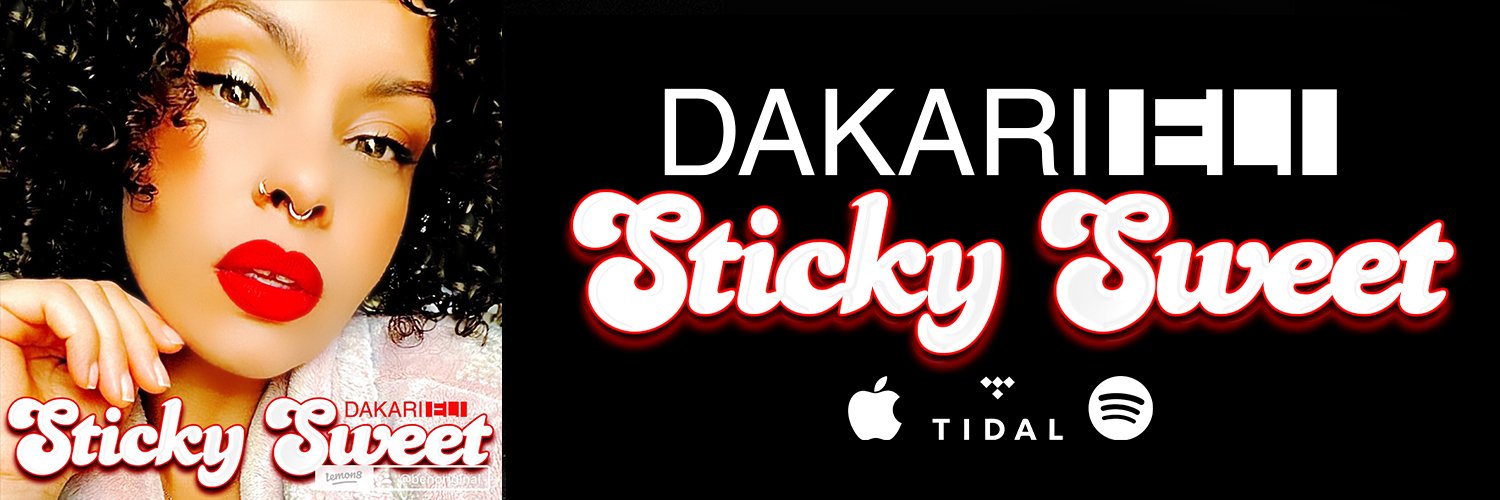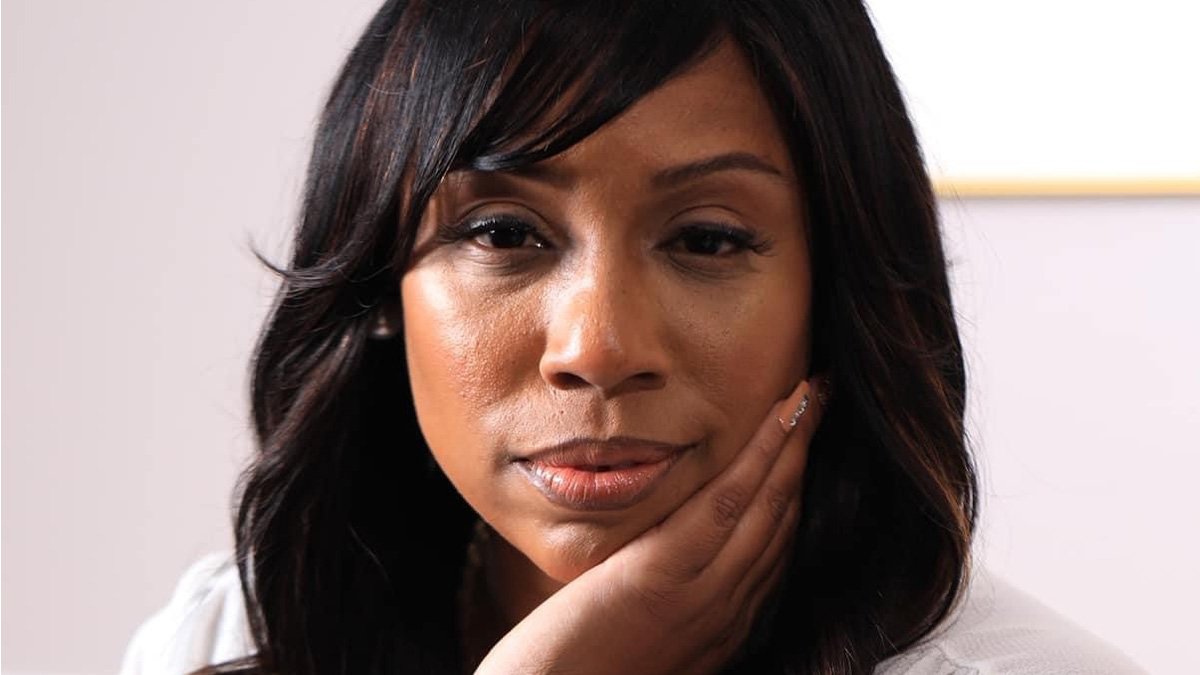Tamara Whitehead is a legendary dancer who has performed alongside and worked with several of the entertainment industry’s biggest names. She dedicates her life to the dancers of tomorrow.
You have had a broad range of legendary teachers in as many styles. Is there any particular form of a dance that you prefer the most?
I prefer Jazz. Jazz is my favorite because it’s a combination of all the genres. It has ballet, African, and hip-hop. It’s a form that you can pull from multiple genres and still express yourself.
Having worked with extraordinary performers such as Missy Elliot. Mary J. Blige, and Diddy, what would you say was your greatest moment on stage?
That’s a tough question (laughing). I think my greatest moment would be anytime I have had the chance to do what I love. There’s nothing like doing what makes your heart happy and feeling like you’re part of a movement. I think my best moment was during an Off-Broadway show, “Jam on the Groove,” with the legends of The Rock Steady Crew, Mr. Wiggles and Crazy Legs.
Not only are you an accomplished dancer and choreographer, but you have also worked as a stage director. Describe some of the duties that pertain to that role.
As a stage director, you are responsible for making sure everything happens on time. It is important to give clear instructions and communicate with everyone involved so that you can present a show that way that it is intended to be executed.
You launched Triple 7, your own dance company, in 2002. How do you prepare your students to navigate obstacles in the entertainment industry?
What I love about our school is that our teachers are currently working in the business, so we make sure we bring our kids to outside classes. For example, they have gone to Debbie Allen’s studio in Los Angeles. They have auditioned at dance theaters in New York. We make sure we create goals for them. I find that when our dancers go outside the studio to dance in master classes, what we are teaching at Triple 7 is truly the meat and potatoes of the instructors’ technique.
What are your thoughts on the way hip-hop spread street dance all around the world?
My thoughts are that we can truly shape and change the world. We can make an impact on other countries throughout the world without even speaking. The beats, the drums, the 808’s have transcended from people who are now grandparents through generations to today’s young dancers. It makes me proud to know that I am part of an era that is still influencing the world.
When selecting dancers for your company, do you watch for anything in particular?
I look for passion in dancers, first and foremost. Next, I focus on technique. If they don’t have the technique, I take a measure of their ability to understand it. The hardest thing with kids these days is trying to keep them invested long enough to see the fruit that will come from their labor. It’s not like you do this for two-minutes-and-forty-five seconds, then you are suddenly a beautiful dancer. They have to be willing to do the hard work to become great. It definitely doesn’t happen overnight.
As someone who has danced professionally since childhood, have you ever felt discouraged? And if so, where did you find the strength to keep going?
My mother was this great Caribbean woman who was 6’2” (laughing). She didn’t play any games when it came to me. I remember trying out for Laguardia High School and at this point I really didn’t understand racially motivated body shaming and what my body looked like to others. I was a young Black woman with a bootie and the instructor said, “I can see your butt from the front. No, thank you.”
It hurt me. I had never experienced anything like that. So, I walked out of the room and my mother was surprised because I had just went in. I told her what he said, and she walked into the room and confronted him. She told him that he was going to let me dance or she would blow that whole building up (laughing). After the audition, I received an invitation to the school, and she politely declined it.












